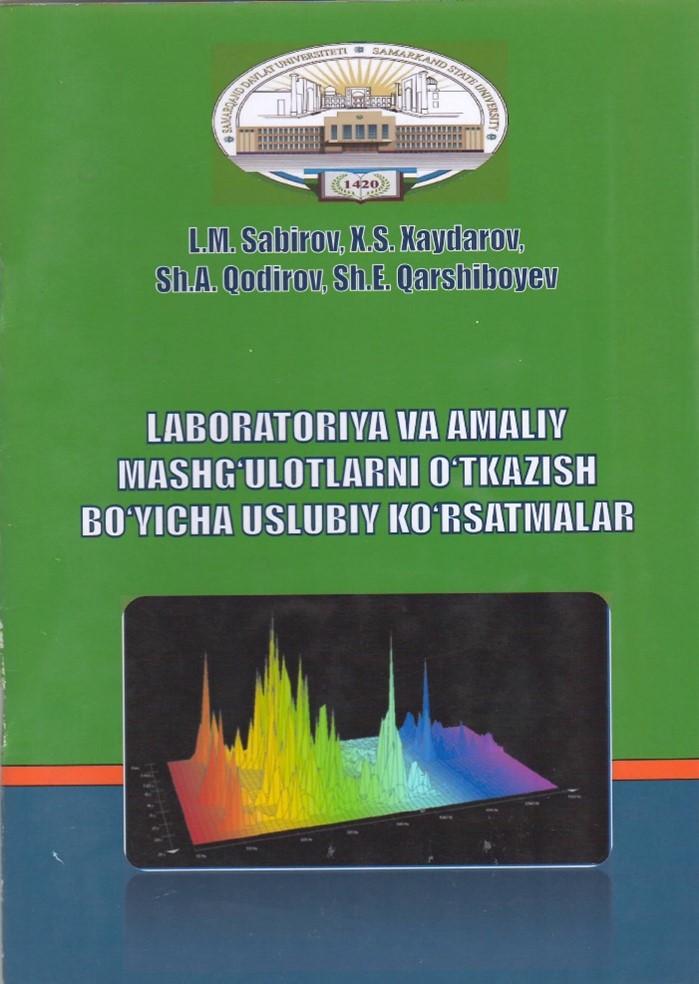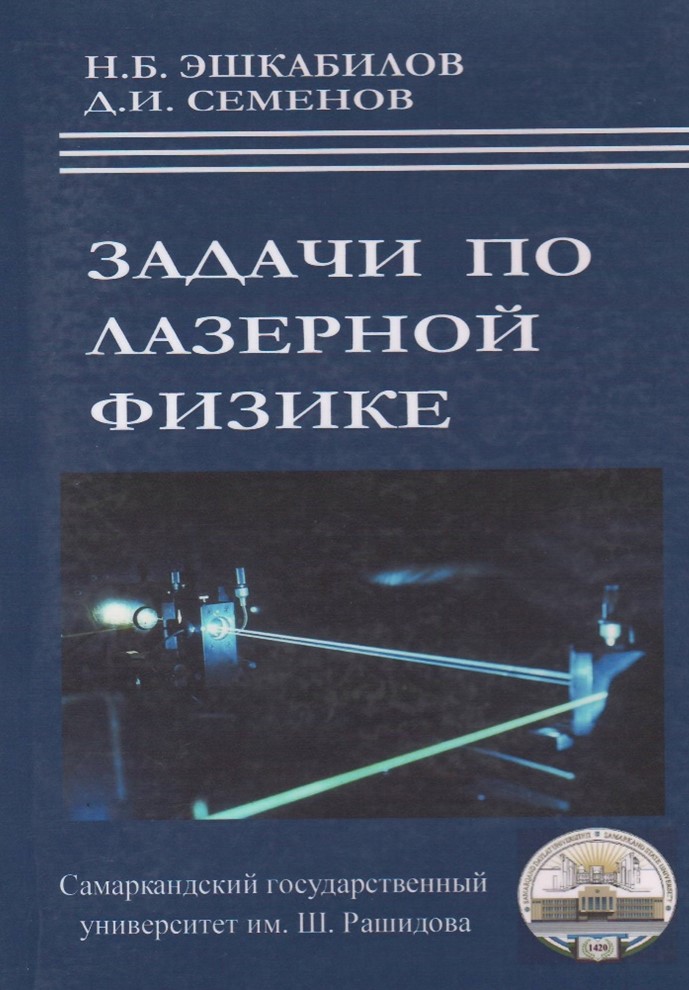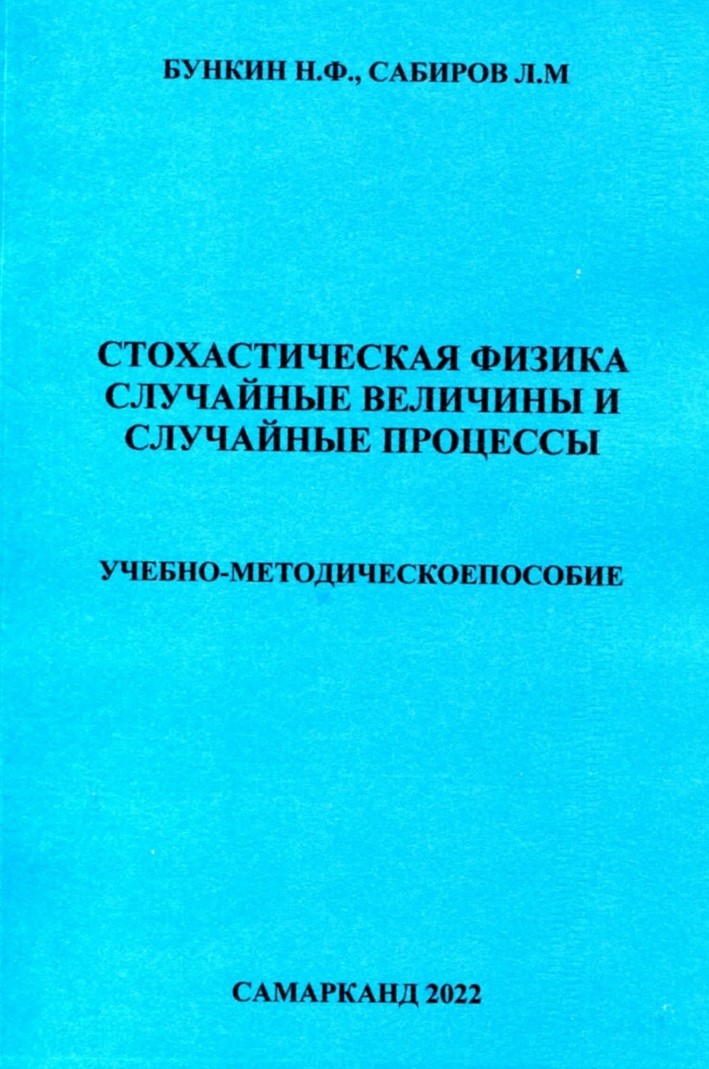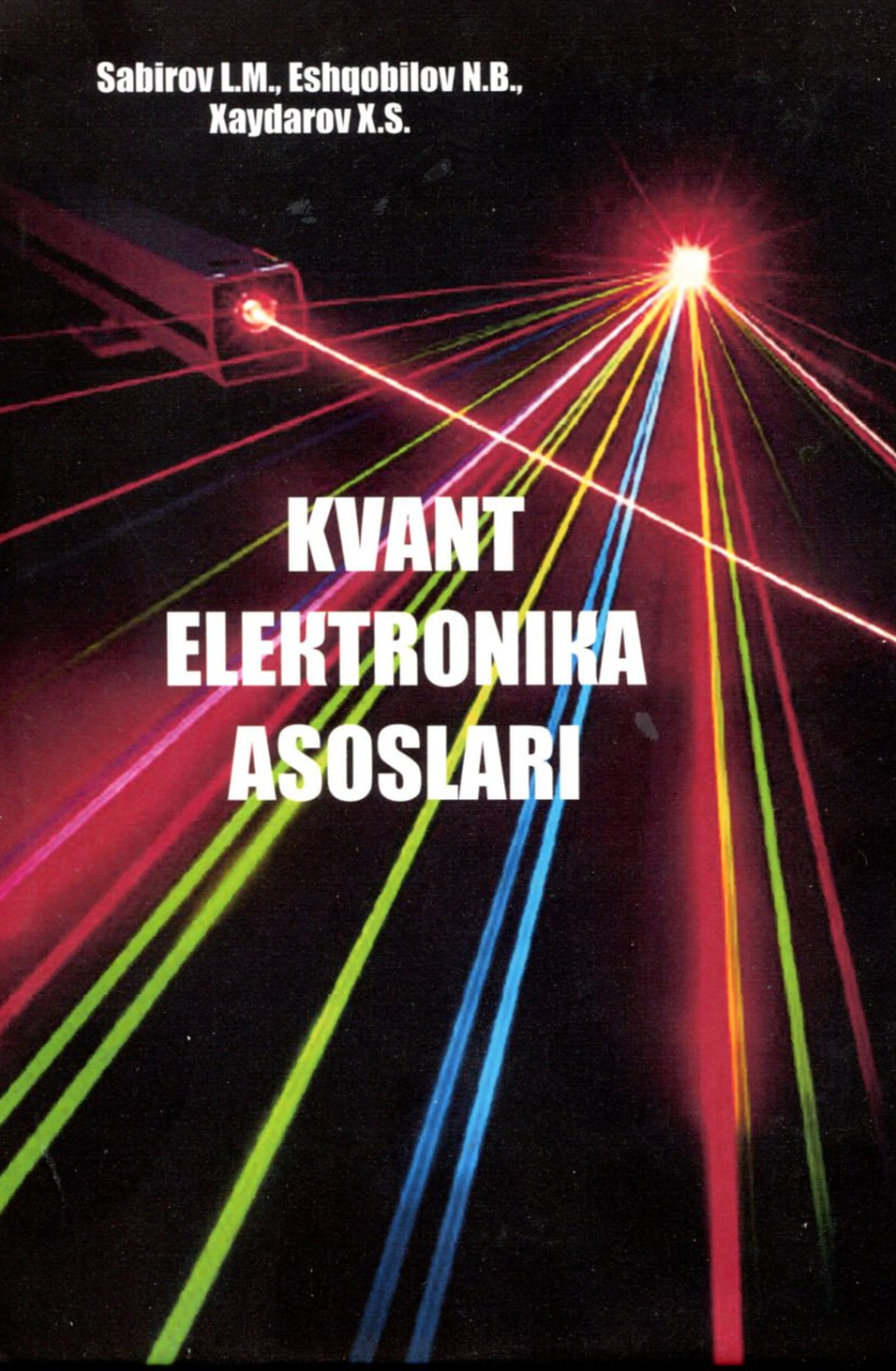Scientific Laboratory of Quantum Electronics and Nonlinear Optics
Head of Laboratory
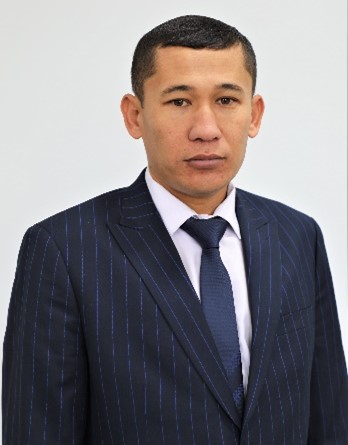
Juraev Yulchi Toshmamadovich
jorayev-1989@inbox.ru
In 1974, a scientific laboratory of nonlinear optics was created under the leadership of professors Leonard Sobirov and I. Fabelinsky. The main direction of this laboratory is the study of phase transitions around critical points and the interaction of laser radiation with substances (substances with nonlinear susceptibility). Scientific work is carried out in collaboration with the ARF Research Institute and the defense industry. The basis of the laboratory's research work was the study of the interaction of laser light with substances (substances with nonlinear susceptibility) around the critical point of spatial transitions. Undergraduates, graduate students and researchers are actively involved in scientific research.
As a result of scientific research carried out in the laboratory, in 1983, academician A. Atakhodzhaev, professors L. Sabirov and I. Fabilinsky were awarded the Beruni State Prize for their work “Spectroscopic studies of hypersonic phenomena around critical points of melt stratification.”
Today, the laboratory team works with employees of MSTU, Kiev National University, St. Petersburg State University, Seoul National University of South Korea, Odessa National University, Institute of Scintillation Materials of the Ukrainian Academy of Sciences, Institute of Organic Chemistry of the Ukrainian State University, Atomic and Molecular Physics of the Belarusian Academy of Sciences.
The laboratory employs 3 basic doctoral students and 1 independent researcher.
Scientists who contributed to the development of the laboratory:
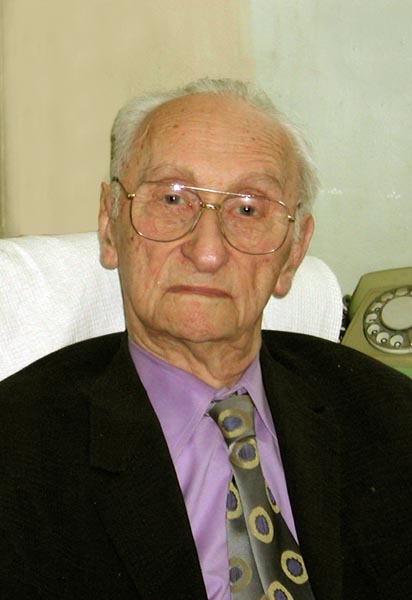
In 1974, under the leadership of Imanuil Lazerovich Fabilinsky, a new scientific group was created at the Faculty of Physics of Samara State University, and at the expense of a business contract, a scientific laboratory of nonlinear optics was created, and a cadre of specialists in this field began to be formed. undergo training.
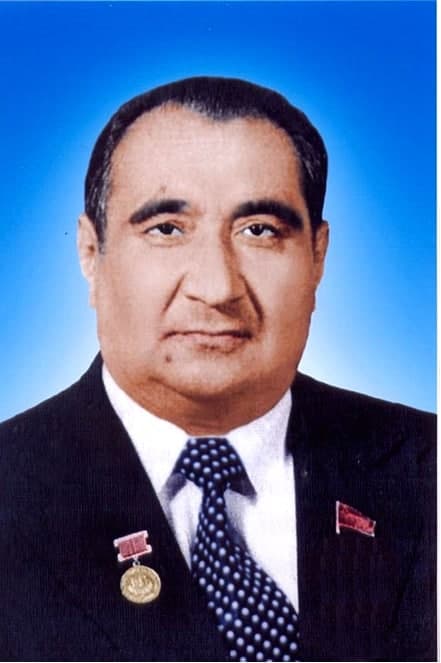
Akbar Kasomovich Otakhujaev is an academician of the Academy of Sciences of the Republic of Uzbekistan, winner of the state prize named after A. Beruni. Founder of the Samarkand School of Optics.
Instruments available in the laboratory:
Analyzer “Photocor complex”. This device is designed to measure particle sizes, diffusion coefficients and molecular weights. The analyzer is used to solve a wide range of research and practical problems in the field of physical and chemical research, biochemistry and biophysics, medicine and pharmaceuticals, nanotechnology, metrology and industry.
Spectrometer “Tandem Fabry-Perot Spectrometer Tfp-2 HC”. The device is intended primarily for spectral analysis of Brillouin spectra, in particular scattered light in a wide spectral range. Due to its flexibility, the instrument can also measure Raman spectra (approx. 500 cm-1). A spectrometer is an important tool for solving many fundamental problems.
Laboratory staff
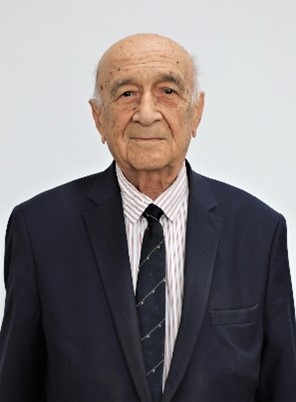
Sabirov Leonard Muhammedzhanovich
Doctor of Physical and Mathematical Sciences, Professor, laureate of the State Beruni Prize, holder of the Order of Mehnat Shukhrati. Founder of the scientific school “Nonlinear Optics” in Samarkand. During his career, Professor Leonard Sabirov led the implementation of 3 international, 10 national fundamental scientific and 3 practical projects. Under the leadership of the scientist, the educational laboratory “Quantum Electronics” was created at the scientific laboratory of nonlinear optics, and in 1992 the department “Quantum Electronics and Radiophysics” was created. Under the leadership of Leonard Sobirov, 12 candidates and 2 doctors of science were trained. Based on the results of scientific research conducted by scientists in such areas as quantum electronics, radiophysics, molecular spectroscopy of spatial transitions and critical phenomena, 8 textbooks, 10 textbooks, 1 monograph, and more than 300 scientific papers have been published.
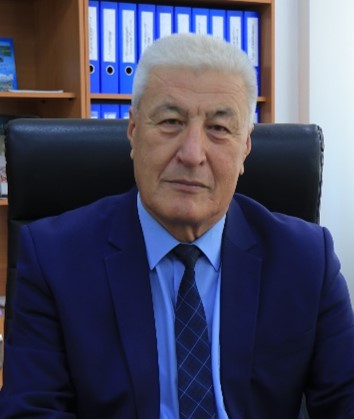
Eshkobilov Napas Beknazarovich
+99891526-44-96 enapas@samdu.uz
Doctor of Physical and Mathematical Sciences, Professor. Specialist scientist in the field of optics, laser physics and physical spectroscopy. Author of more than 100 scientific articles (including 57 in Scopus and Web Of Science), 4 textbooks and teaching aids. During his career, he led 1 international and 3 national scientific fundamental and practical projects. He is the author of the textbook “Introduction to Atomic Spectroscopy”, the textbooks “Quantum Mechanics”, “Fundamentals of Quantum Electronics” and “Fundamentals of Laser Biomedicine”.
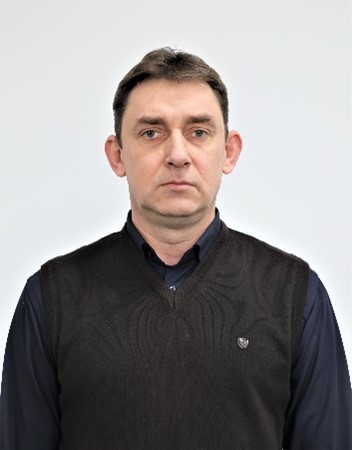
Semyonov Denis Ivanovich
Doctor of Physical and Mathematical Sciences (DSc), Associate Professor. Since 2000 he has been working at the Department of Theoretical Physics and Quantum Electronics. In 2016, he successfully defended his doctoral dissertation on the topic “Dynamics of order parameter fluctuations in liquids and their manifestation in optical and acoustic phenomena.” To date, he is the author of more than 70 scientific works, including 4 textbooks and more than 30 (Scopus, Web of science) articles.
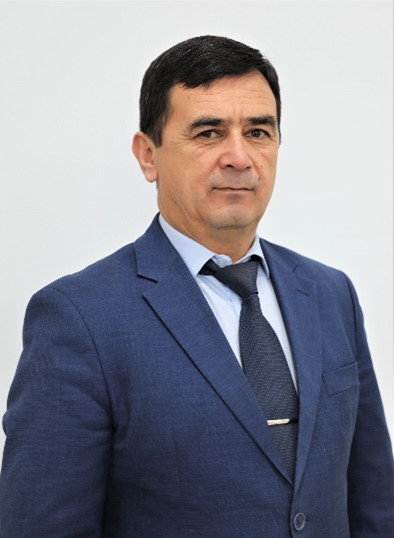
Khaidarov Khairillo Safarovich
Candidate of Physical and Mathematical Sciences, Associate Professor. Since 2000 he has been working at the Department of Theoretical Physics and Quantum Electronics. In 2010, he successfully defended his PhD thesis on the topic “Scattering spectra of fine structure near a special point of aqueous solutions.” To date, he is the author of more than 70 scientific works, including 5 textbooks, and more than 30 articles (Scopus, Web of science).
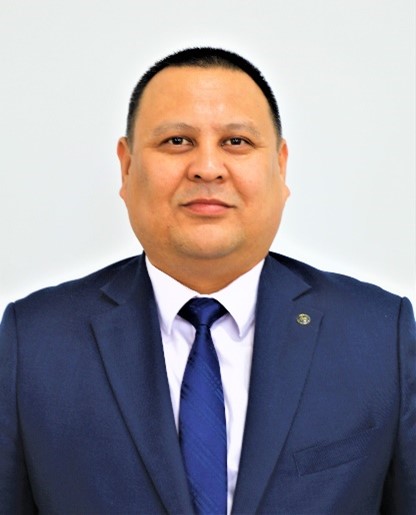
Ismailov Fakhriddin Raimovich
Doctor of Philosophy (PhD) in physics and mathematics, associate professor. Since 2007 he has been working at the Department of Theoretical Physics and Quantum Electronics. In 2021, he successfully defended his Ph.D. thesis. To date, he is the author of more than 50 scientific works, including 2 textbooks, more than 10 articles (Scopus, Web of science).
The process of obtaining results from the “Photocor complex” analyzer
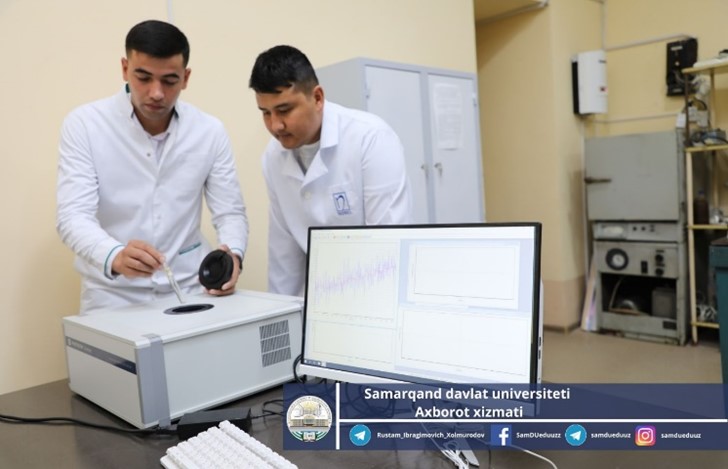
The process of obtaining results from the spectrometer “Tandem Fabry-Perot Spectrometer Tfp-2 HC”
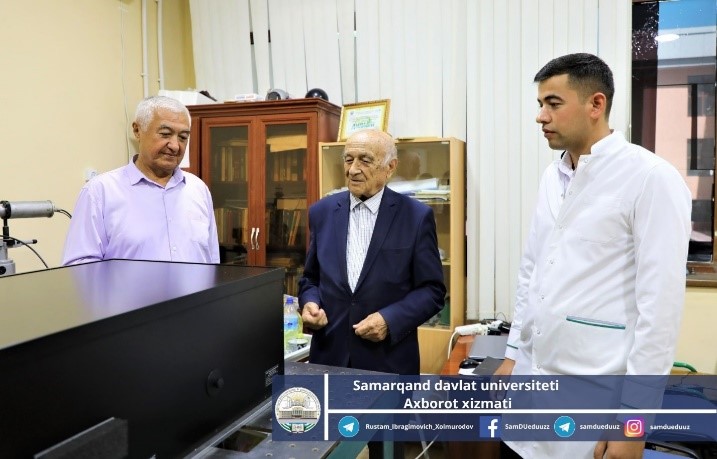
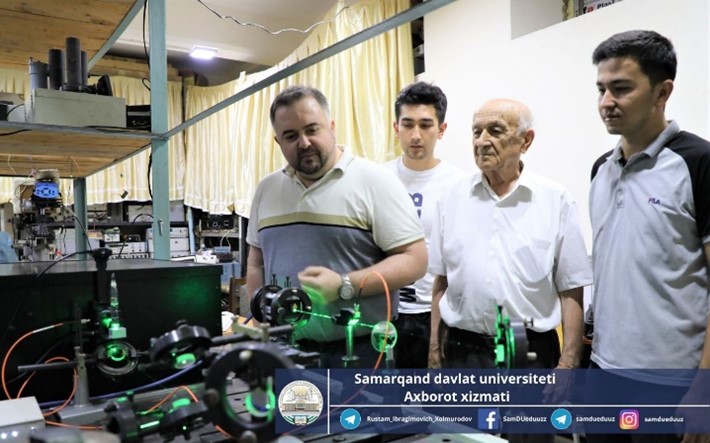
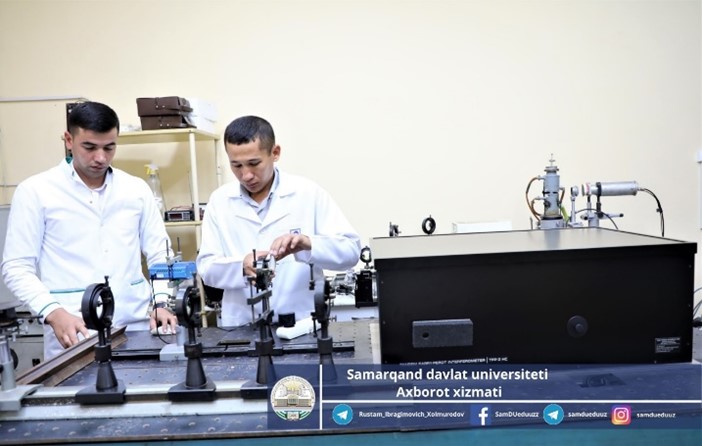
Published textbooks and manuals
